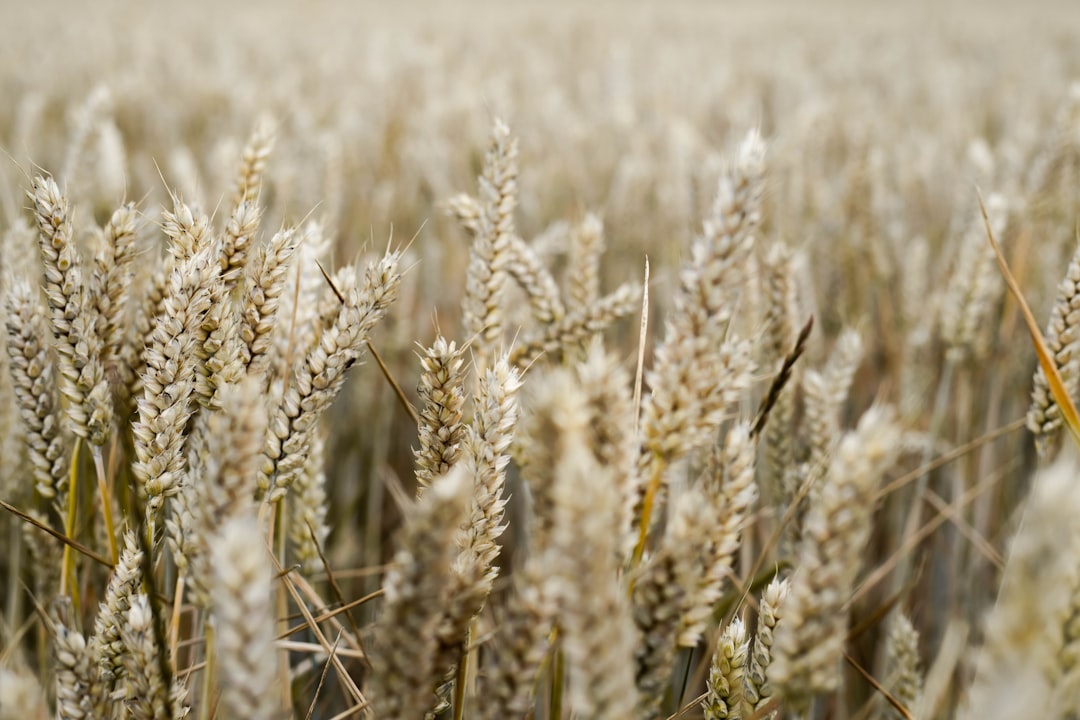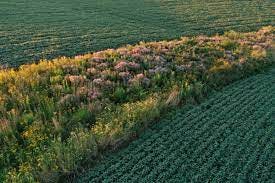Key Takeaways:
Perpetual two crop rotations are environmentally destructive, yet incentivized by government subsidies.
Soil erosion is a growing problem. To preempt heavy handed regulation when we eventually reach a soil-health crisis, we should release the crop market from captivity.
Farmers respond to market prices, the government should be mindful of distorting incentives.
Highlights:
“While the government has subsidized some uses of cover crops they are still trying to have their cake and eat it too with corn subsidies. Economic incentives still exist that encourage farmers to ignore most other crops. This is especially true with cover crops. The opportunity cost for adding another planting and harvesting season for farmers is simply not worth it when corn is so much more profitable.”
“Some might cry “market failure!” when they see farmers incentivised by the agricultural market to act this way, but this behavior is not normal. Large corn subsidies, created by the government empower farmers to make illogical and impractical economic decisions..”
Farmers, Cover Up With Cover Crops
By David Norcross
In some parts of the Midwest, farmers are starting to plant prairie grass in places where they would normally be planting cash crops. This idea may seem confounding and counterintuitive: sowing plants they are unable to reap. However planting these seeds isn't about reaping crops, but reaping the benefits of healthier soil, less erosion, and a cleaner environment.
Image Source: Iowa State University
This practice has been used for thousands of years, and was standard before subsidies and herbicides made it uncompetitive. For the longest time, farming involved a multiple crop rotation where plants were cycled throughout the year, and the soil was almost always covered by some crop. Plants worked in tandem with each other fertilizing the soil and keeping it healthy. These crops did not exist exclusively for harvest, but also to keep the soil healthy, which is the origin for the concept of a “cover crop.”
Cover crops aren’t exclusively made up of non harvestable plants like prairie grass, and red clover. Oats and barley are also commonly used. By retaining soil structure, promoting biological diversity and introducing more biomass, they benefit the soil and the environment in the long term.

Today, most Midwestern farmers only grow two crops: soy beans, and corn in a two crop rotation, leaving the soil empty for months with minimal biomass. This means the soil needs to be tilled every growing season, herbicides are applied to get rid of any weeds, and fertilizer is applied to account for the fact that the soil has been barren of any biological matter for months. This is all done to create an environment for the plants similar to its natural state, a state that can be replicated if cover crops were used.
Perpetual two crop rotations are environmentally destructive. Farmers leave the soil bare for months, with no plants– meaning no roots to keep the soil in place, causing soil to easily erode.
The issue with soil erosion is twofold: land becomes unharvestable and water becomes polluted. When the soil erodes, nutrients are stripped from the soil making it more difficult to cultivate. These soil particles are then swept into water sources. The fertilizers and pesticides farmers use, which also flow into water sources, exacerbate the pollution. Agricultural Nitrogen pollution costs $157 billion a year in environmental damages.
Some might cry “market failure!” when they see farmers incentivised by the agricultural market to act this way, but this behavior is not normal. Large corn subsidies, created by the government empower farmers to make illogical and impractical economic decisions, detrimental to the long term health of their soil. Instead of maximizing how many crops they are harvesting a year, they leave soil bare.
Corn subsidies boost crop profitability beyond what the market naturally allows, to the point that other crops are ignored by farmers. It’s not as simple as selling excess cash crops, the side effects are: hindered biological diversity, environmental destruction through ethanol production, and the aforementioned farming practices.
The government has made efforts to reduce tilling and encourage no till practices, but we cannot do no-till forever.
The transition to cover crops is essential, and its benefits exist in the long run and in the present. While the government has subsidized some uses of cover crops they are still trying to have their cake and eat it too with corn subsidies. Economic incentives still exist that encourage farmers to ignore most other crops. This is especially true with cover crops. The opportunity cost for adding another planting and harvesting season for farmers is simply not worth it when corn is so much more profitable.
We could fix these problems by giving all crops the same chance.
No market corrections will take into account the desires and needs of humans the way their natural behavior will. Policies like the renewable fuel standard, along with other specific subsidies, are government actions that create irregular demand for corn, incentivizing farmers to ignore other crops. This manifests in their neglect of cover crops, which would be beneficial in the long run.
Environmental improvement and climate control are two of the greatest challenges facing our world today. Different policy proposals, ranging in severity and market control have been applied in a patchwork manner across the globe. To preempt heavy handed regulation when we eventually reach a soil-health crisis, we should release the crop market from captivity.
David Norcross is a Mercatus intern and Catholic University student (class of 2027)
Further Reading
Nobody Is Poisoning Your Groceries By David Norcross and Patricia Patnode for Farming Abundance
Innovation and Stagnation: Ethanol and the Renewable Fuel Standard By Arthur R. Wardle for Farming Abundance.
Toward True Farming Abundance By Baylen J. Linnekin for Farming Abundance
Food Regulations: Myths and Games by Richard Williams for Farming Abundance
Phony Demand and Underpopulation: Problems Plaguing American Farmers by Matthew Yglesias for Farming Abundance





There are a large number of farms across the US that no longer till the soil. They leave the crop residue either corn stubble or plant residue from soybean harvest on top of the ground and no-till the next years crop directly into the prior years crop residue. In addition, many farms plant a cover crop after corn harvest or even fly on cover crop seed before harvest. You also need to recognize that many livestock farms currently rotate grass and alfalfa with the corn they grow. Finally, ethanol is needed as a gasoline additive to replace MTBE which pollutes. The byproducts of ethanol production are used as cattle feed, so if ethanol was phased out some of the corn would still need to be grown for cattle feed. There are a number of articles about no-till and cover crop use on Ag-Web.com.